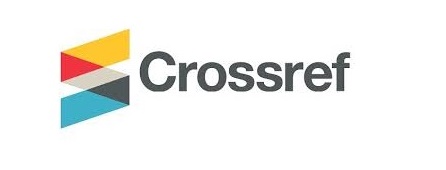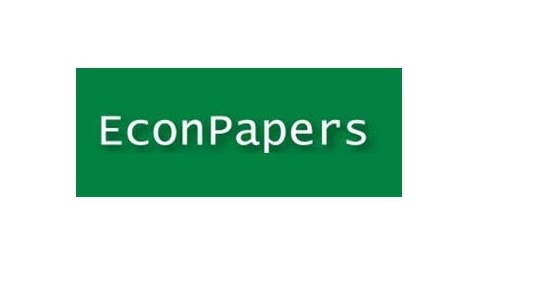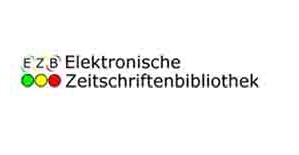Economical Olive Oil Production by Reduction of Post-Harvest Losses in Olive Fruit
DOI:
https://doi.org/10.52223/jei5012310Keywords:
Harvesting methods, Packing methods, Olive oil quality, Post-harvest lossesAbstract
The higher cost of oil extraction units and their shortage at the district level results in huge economic losses for olive farmers. Olive fruit harvesting and packing method for temporary storage and transportation cause major losses to the growers due to the reduction in the quality of olive oil. Poor economic returns from lower-quality olive oil result in financial losses to the growers. Fruit harvesting and packing method are major sources of fruit losses; hence the studies were designed to standardize commercial fruit harvesting and packing method to minimize the losses. The study was conducted at Buzdar Agricultural Farm, DG Khan. The fruit was packed in plastic bags (Conventional method) and perforated fruit baskets (Non-conventional method) for transportation from the olive orchard to the Oil Mill (Barani Agricultural Research Institute, Chakwal) for extraction of olive oil. Olive oil extraction machine Model (Pieralisi, Italy) and the first cold extraction were used for data collection. Minimum fruit damage of 1.14% was recorded in hand picking, and maximum fruit damage of 10.65% was recorded in stick beating. Maximum fruit rotting of 4.48% was recorded in stick beating, and minimum damage of 1.10% was recorded in the hand picking method. Oil recovery percentage was not affected by harvesting and packing methods; however, oil quality was highly affected by harvesting and packing methods, which resulted in economic returns from produced olive oil. Poor quality oil fetched minimum price as compared with premium quality olive oil, which resulted in financial losses to the grower.
Downloads
Downloads
Published
How to Cite
Issue
Section
License
Copyright (c) 2023 Muhammad Ashraf Sumrah, Syed Hamza Mahfooz, Muhammad Jan, Shoaib Akhtar, Muhammad Farhan Khan Pasha, Azhar Hussain, Muhammad Ramzan Anser, Jamil Akhtar

This work is licensed under a Creative Commons Attribution 4.0 International License.
















